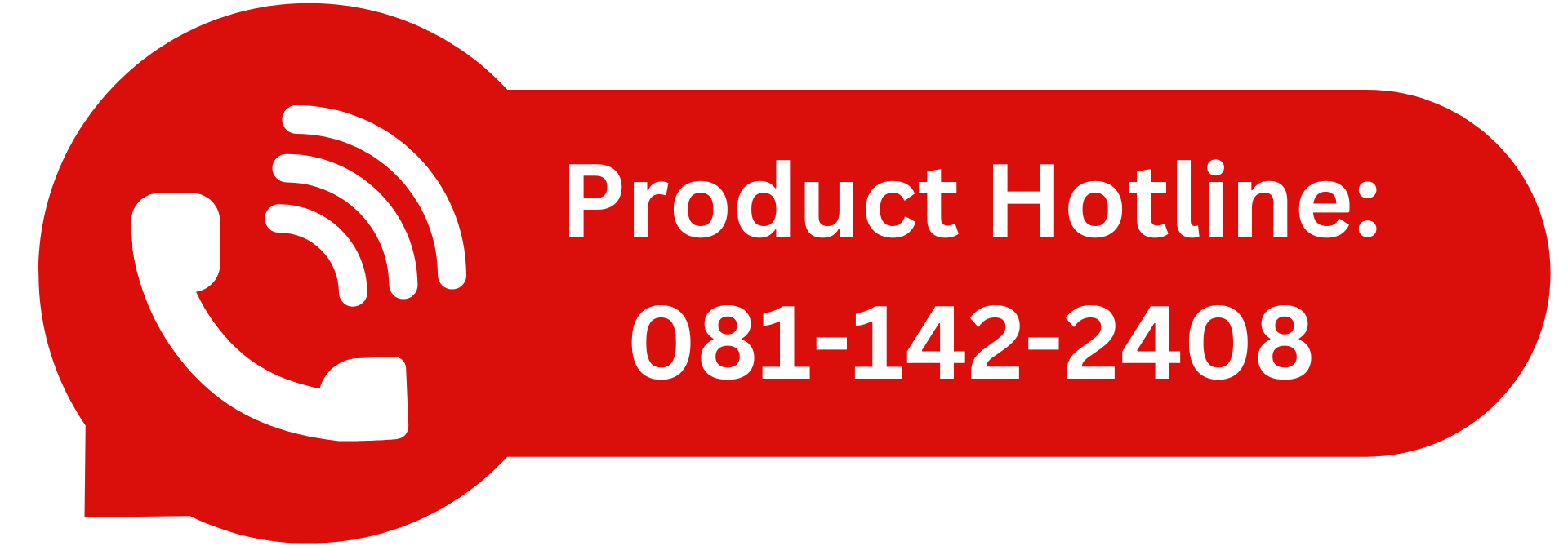In doing business, there must be something called a business model. It is what tells us about the business and how it is doing. What channels does the income come from? Target customer group that we focus on Partners or Partners that we can work with or would like to change the existing business model to keep up with today’s world There is a tool to help create a business model that can see the entire picture on just one page, the Business Model Canvas or BMC.
The Business Model Canvas or BMC was developed by Alex Osterwalder and Yves Pigneur. First introduced in the book ‘Business Model Generation’, the BMC is a tool that helps explain our business plans according to the following topics:
1. Customer Segments (CS) :
Our target customers that we want to offer products or services by dividing customers must be clear, such as by area of residence, age, gender, behavior, interests, etc. in order to market to customers in accordance with target customers.
2. Value Propositions (VP) :
is the value of our products or services that we want to deliver to customers and such products or services How can I help solve the customer’s Paint Point? For example, if it is a new product or service. We may use ideas related to innovation (Innovation) to present to customers. But if it is a product that is already in the market It should stand out and have new features. that is different from competitors or modify the format digitalization process (Digitalization) to make it more convenient for customers to use the service.
3. Channels (CH)
Channels to reach customers which businesses or brands use as a space to communicate, present products, and connect with our customers These channels It is considered the starting point for customers to know and see our products or services. Can be divided into 2 types:
Owned channels: company website, social media such as Facebook, Line OA and Instagram, etc.
Partner channels: Websites belonging to partners, wholesale products, retail sales such as department stores, etc. Moreover, choosing channels to match the target group. Can help increase the value of that product or service.
4. Customer Relationships (CR)
Our relationship with customers In addition to making quality products Has good and impressive service Customer relationship management is also important. Building relationships with customers Both regular customers or general customers There are many methods such as:
Personal assistance : Replying to customers via email, phone, social media channels, via chat.
Automated services : Making a chatbot collect problems and solutions obtained from talking with customers. Provide customers with assistance guidelines, reduce waiting time in queues, and increase speed of service. Creating a community: Creating a community or group on Facebook for discussion and giving special privileges to important customers.
5. Revenue Streams Revenue Streams (RS)
The main income of the business or business. In this section, we need to know what channels the business’s income comes from, such as income from selling products or services. Income from monthly/yearly subscriptions Income from lending or renting goods and services, etc.
6. Key Resources (KR)
The main resource of the business in business For example, if we want to produce products, we must use raw materials, machinery, labor, patents, copyrights, costs, etc.
7. Key Activities (KA)
Main activities that help drive the business An enterprise or business should focus on creating value for both customers. Access to customer groups Maintaining good relationships and generating income
8. Key Partners (KP)
partner or partner In our business Having a partner is important. Helps in finding good and quality raw materials. Help publicize Make our business reliable Partners in terms of cooperation Develop new business Work together to find new target customers. Both in the buyer-distributor section


